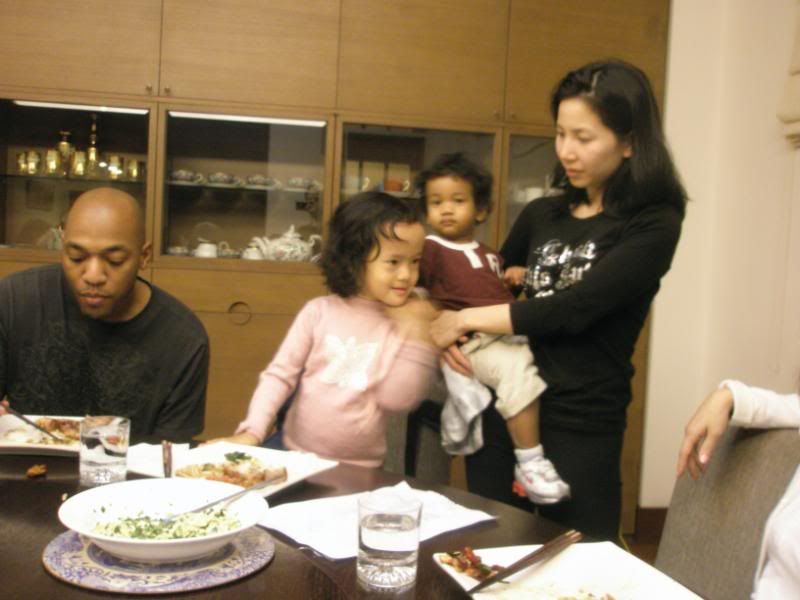
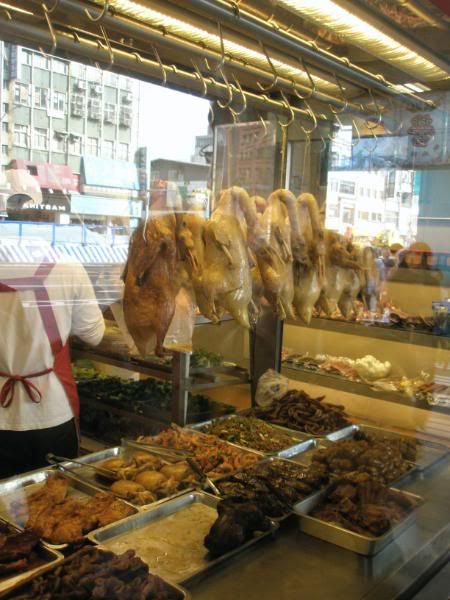 | 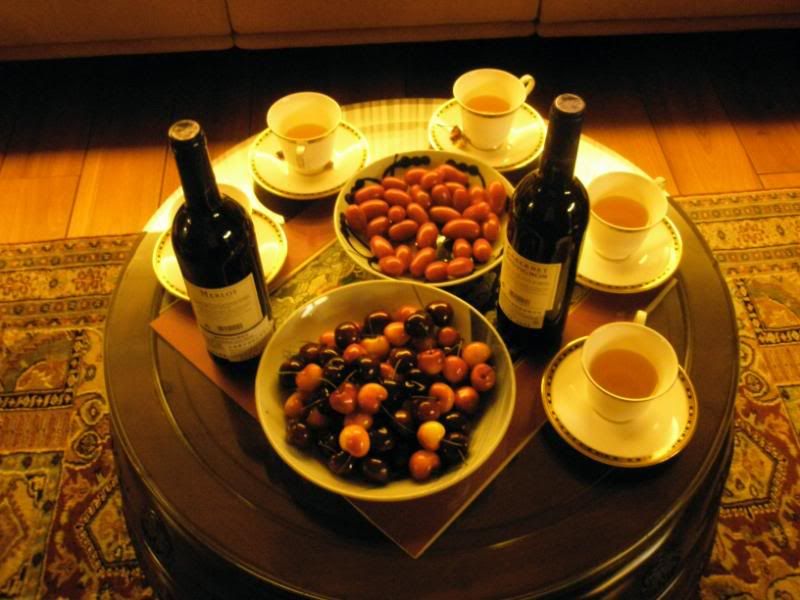 duck, duck, goose | 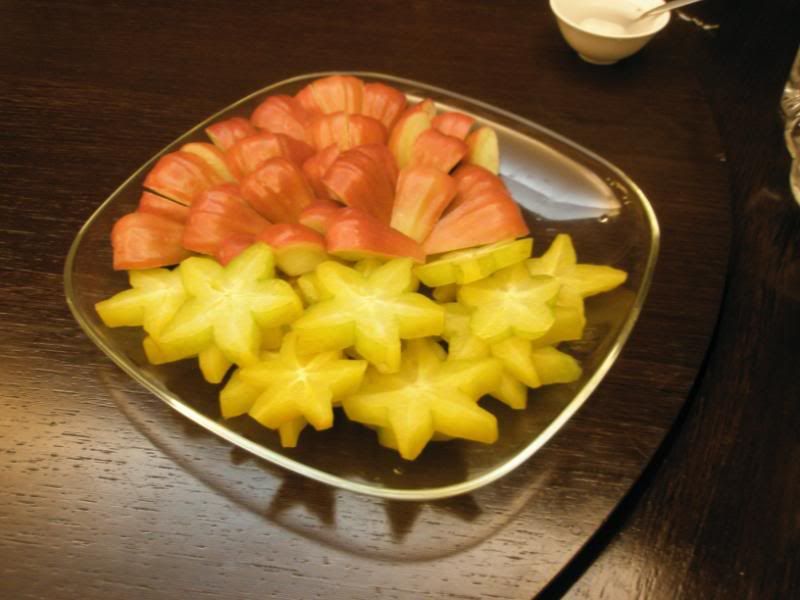 starfruit, yum |
culinary excursions of a non-foodie

 |  duck, duck, goose |  starfruit, yum |
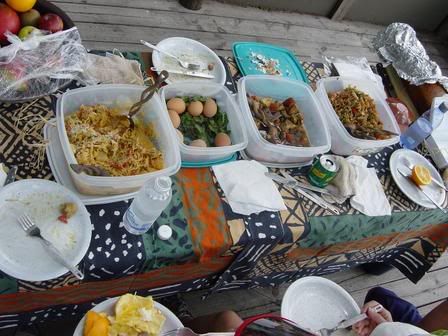

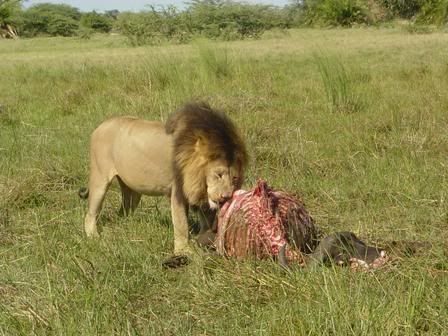
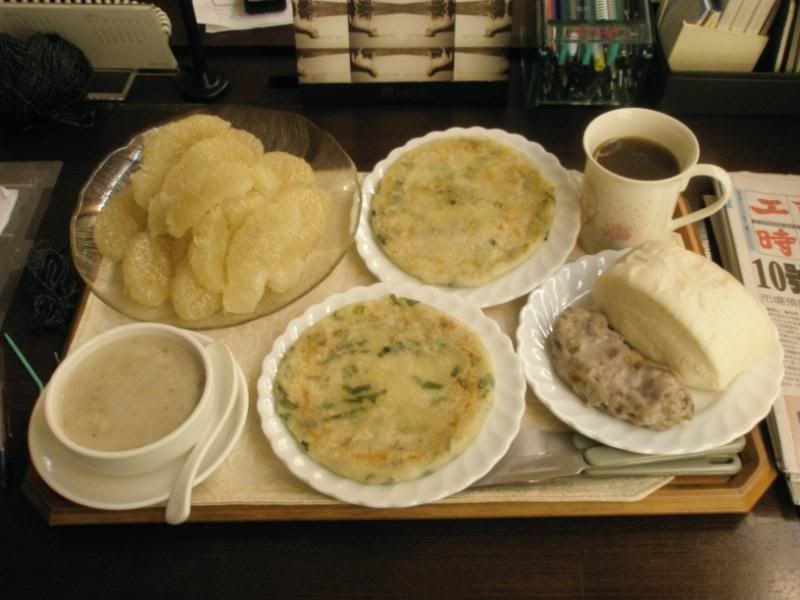
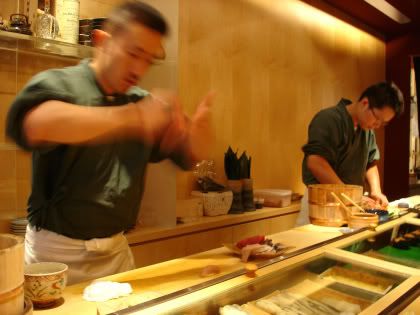
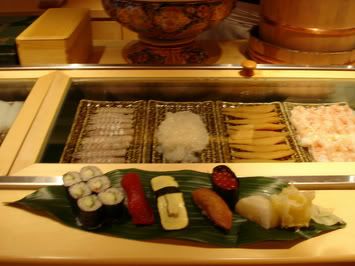
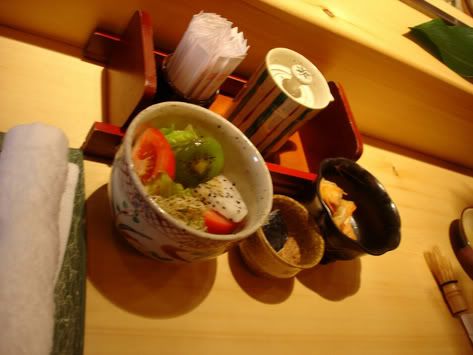
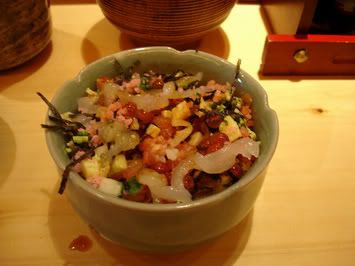
Yeh Sushi, Hsinyi and Dunhwa Roads intersection, Taipei (click to enlarge)
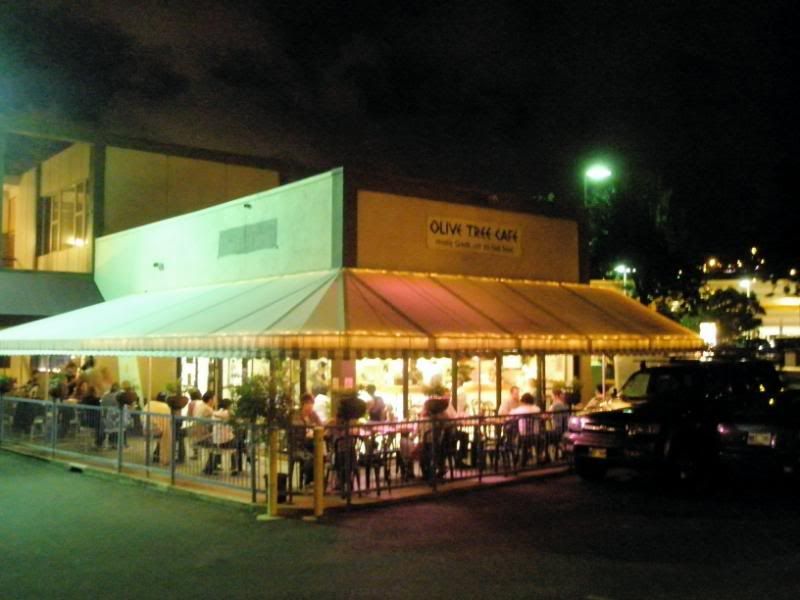
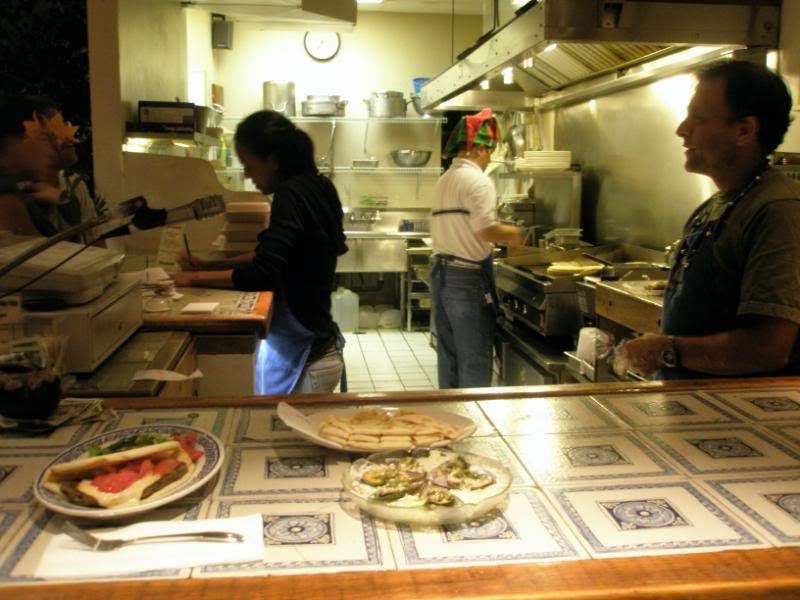
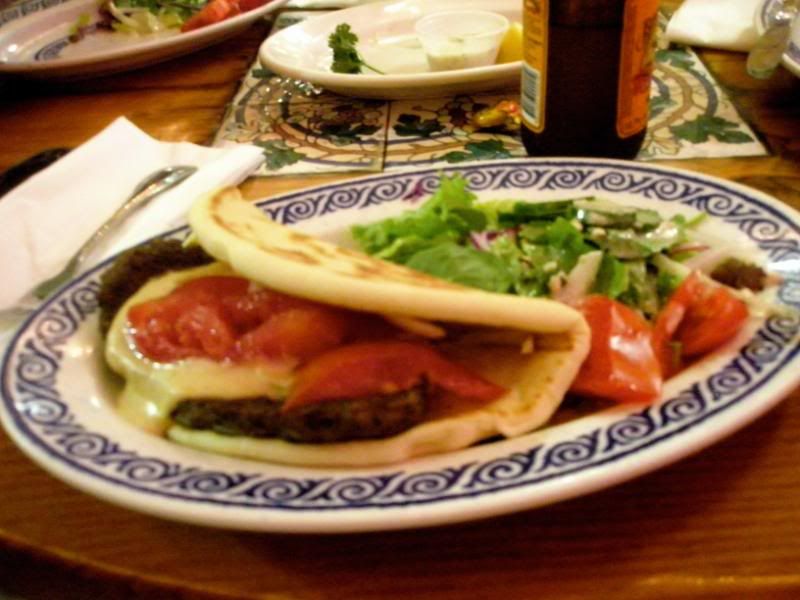
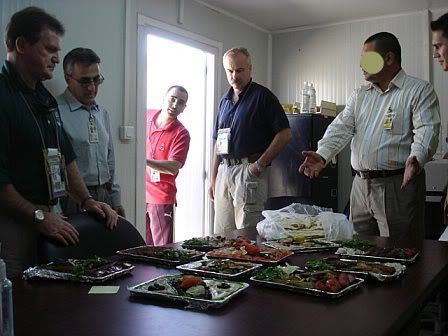
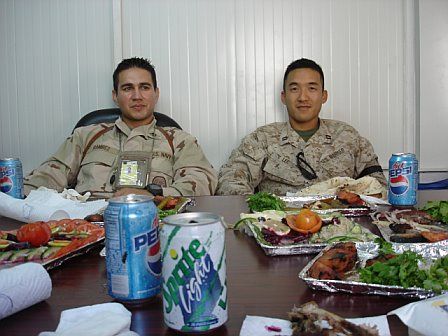
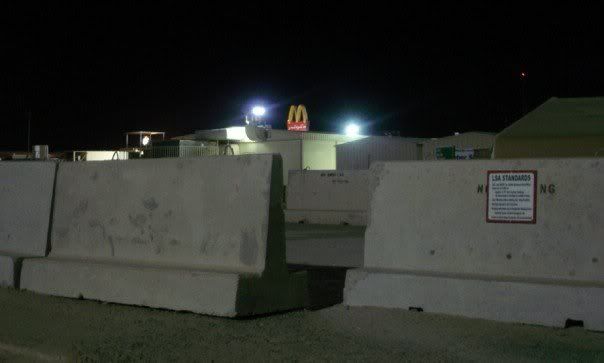
Drive-through was not an option.
Dispelling myths
Anthony Bourdain describes what actually goes on in a commercial kitchen, vice, e.g., what you see on celebrity chef tv shows:
"What most people don't get about professional-level cooking is that is is not all about the best recipe, the most innovative presentation, the most creative marriage of ingredients, flavors and textures; that, presumably, was all arranged long before you sat down to dinner. Line cooking - the real business of preparing the food you eat - is more about consistency, about mindless, unvarying food repetition, the same series of tasks performed over and over and over again in exactly the same way. The last thing a chef wants in a line cook is an innovator, somebody with ideas of his own who is going to mess around with the chef's recipes and presentations. Chefs require blind, near-fanatical loyalty, a strong back and an automaton-like consistency of execution under battlefield circumstances."Perhaps more entertainingly, Bourdain had this to say about Rachel Ray:
Anthony Bourdain, Kitchen Confidential, p. 56.
“We KNOW she can't cook. She shrewdly tells us so. So...what is she selling us? Really? She's selling us satisfaction, the smug reassurance that mediocrity is quite enough. She's a friendly, familiar face who appears regularly on our screens to tell us that "Even your dumb, lazy ass can cook this!" Wallowing in your own crapulence on your Cheeto-littered couch you watch her and think, "Hell...I could do that. I ain't gonna...but I could--if I wanted!" … Where the saintly Julia Child sought to raise expectations, to enlighten us, make us better--teach us--and in fact, did, Rachel uses her strange and terrible powers to narcotize her public with her hypnotic mantra of Yummo and Evoo and Sammys. "You're doing just fine. You don't even have to chop an onion--you can buy it already chopped. Aspire to nothing...Just sit there. Have another Triscuit..Sleep...sleep...”
http://www.themillionsblog.com/2007/02/food-fight-anthony-bourdain-slams.html
I have discovered my own likes and dislikes.
Like: Quantity production - to include butchering, e.g., deboning and trimming the fat off 10lb chucks, cooking 25lbs of beef stew in a tilt kettle and using a 4 foot-long wooden paddle.
Like: Heat. The heat of the grill, griddle, and frier. Then again, I was a forestry major in college. I walked around Urbana Park District with a drip torch lighting underbrush on fire performing "controlled burns" (prevent too much organic buildup which can lead to uncontrollable fires). I like heat. And I like fire. Throw fire in with knives, and you'll have to find me either in the kitchen, or at the circus.
Dislike: Baking, e.g., waiting for the yeast to rise, realizing you were not anal enough with the precise measurements required, and having to start all over. Then there is the whole sterile environment of the bake shop. Sometimes, its like being in chem lab.
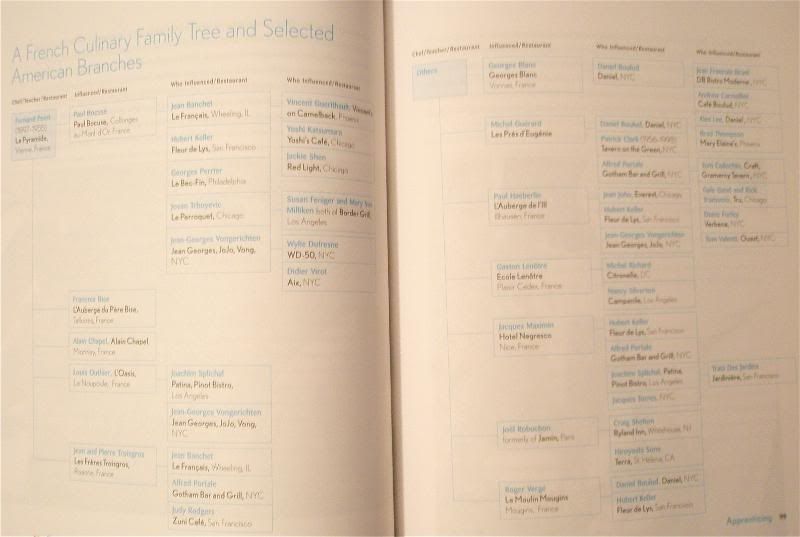
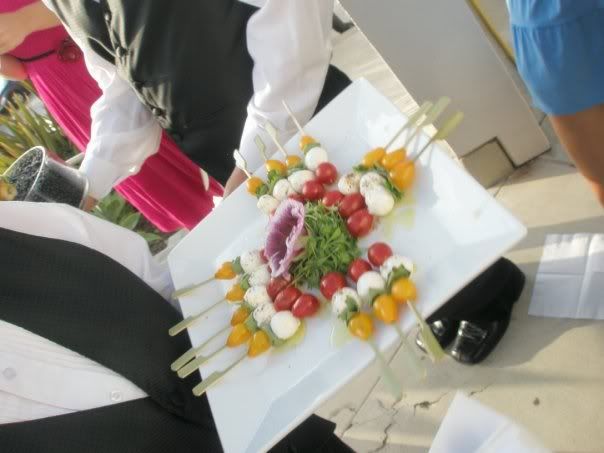
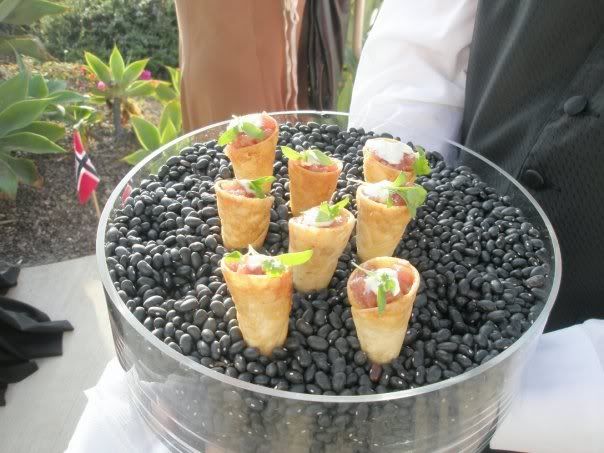
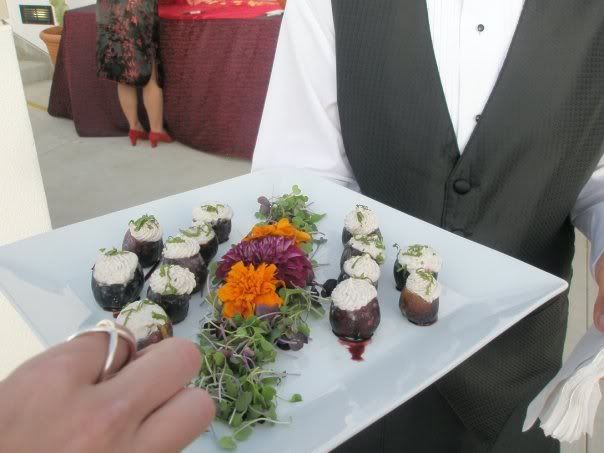
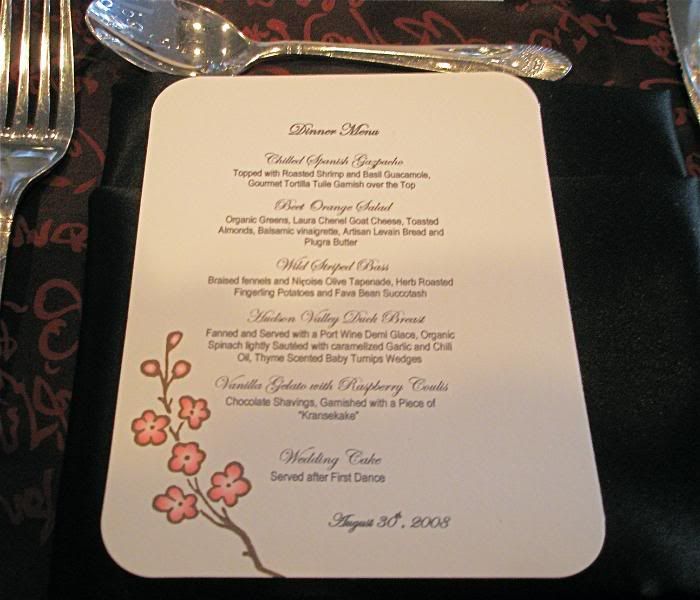
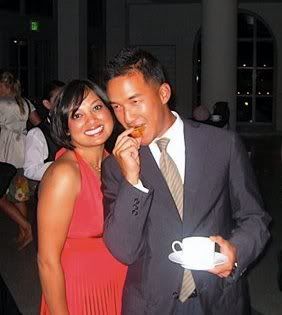
- Rene Verdon 1961-1965, French; hired by the Kennedys "to infuse White House dining with French elegance" but resigned when Lyndon Johnson demanded he cook "Texas-ranch style". (C'est la vie ...)
- Henry Haller 1966-1987, Swiss; most famous meal may have been President Nixon's last: one poached egg with corned-beef hash followed immediately by one letter of resignation.
- Jon Hill 1987-1988; first American to serve as White House executive chef, but lasted all of four months before being resigning citing personal reasons ...
- Hans Raffert 1988-1990, German; did not enjoy the Reagans' penchant for "tryout dinners", preferring, instead, to stick with classical menus for state dinners (consistent with the Bushs' own desires, though not his American-born assistants).
- Pierre Chambrin 1990-1994, French; claimed to have been fired for being fat and speaking with a heavy French accent. (Au revoir!)
- Walter Scheib 1994-2005, American.
- Cristeta Comerford 2005- 2009?, Filipina; first female White House executive chef (sacre bleu!), served on Walter Scheib's staff as an assistant.
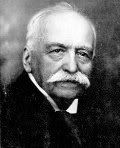 Georges Auguste Escoffier - proclaimed the "King of Chefs" by Kaiser Wilhelm II - and one of the most influential names in culinary history. Random stories of Escoffier also have him training Ho Chih Minh as a pastry chef when running the London Carlton.
Georges Auguste Escoffier - proclaimed the "King of Chefs" by Kaiser Wilhelm II - and one of the most influential names in culinary history. Random stories of Escoffier also have him training Ho Chih Minh as a pastry chef when running the London Carlton. Though the King of Chef's name in the pages of modern history is less well known than that of Wilhem II, or than that of his legendary business partner at the Carlton, Cesar Ritz, Escoffier did leave the legacy of the kitchen brigade.
With the onset of the Franco-Prussian War in 1870, Escoffier was called to serve in the French Army, and appointed Chef de Cuisine at the fortress of Metz, which the Germans laid siege to for seventy days. The experience of being cut off from fresh food supplies (and without the benefit of MREs, of course) led Escoffier to study the technique of canning meat, vegetables and sauces. But his experiences in the Army probably inspired him in other ways as well, to include organizing his kitchen staff into "brigades" - the system widely duplicated today in many larger restaurants, and in reference to military organization.
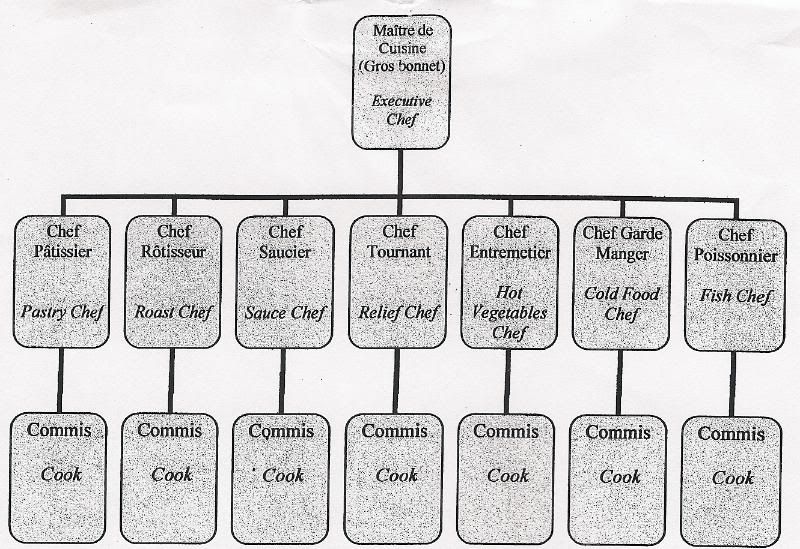
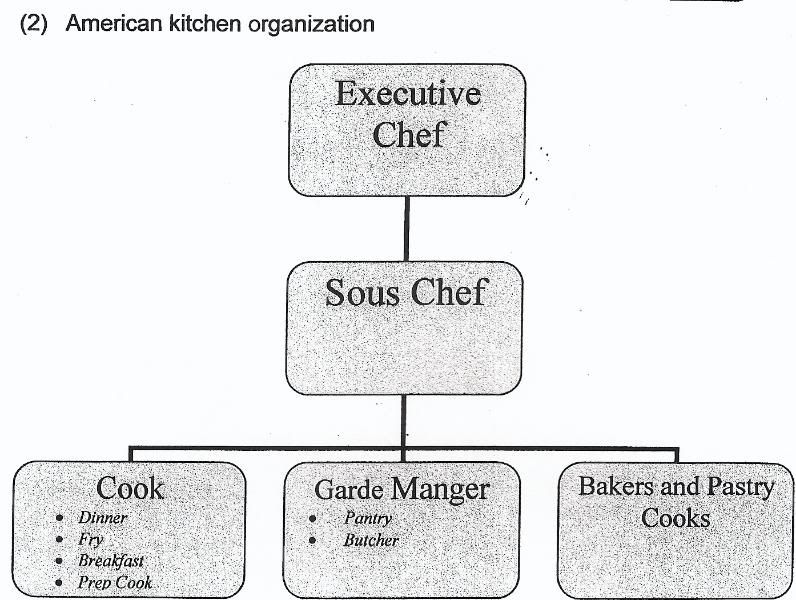
Incidentally, Escoffier was later also a consultant to a shipping company, and created the menu served on the last, ill-fated voyage of White Star Line's RMS Titanic.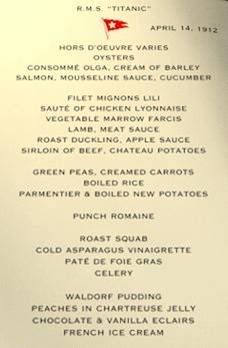 All but one of the chefs on board perished, including Escoffier's previous garde-manger et poisson chef at the Carlton, whom a Henry Clay Frick, the steel king of America, had persuaded Escoffier to release to serve as the his personal chef. Escoffier would ensure that obituaries of each chef, with their photographs, were published in Le Carnet d'Epicure.
All but one of the chefs on board perished, including Escoffier's previous garde-manger et poisson chef at the Carlton, whom a Henry Clay Frick, the steel king of America, had persuaded Escoffier to release to serve as the his personal chef. Escoffier would ensure that obituaries of each chef, with their photographs, were published in Le Carnet d'Epicure.
Only three known, preserved, copies of the Titanic's first-class menu from its final evening exist. The last sold at an auction for 88,500 dollars.
An explanation of the menu can be found here: here.
History of Food in 5 bullets:
- 4000 BC: Sumerians introduce taverns and booze, making Marines retroactively proud
- 2000 BC - 476 AD: Pursuit of spices propels trade, Pyramids become first tourist attraction, roads built, common currency and lingua franca established, first by the Greeks, and subsequently the Romans.
- 476 - 1600 AD: "Dark Age" deals international trade a close-to-fatal blow, with roads becoming dangerous with the fall of the Roman Empire, the Church and monasteries fill the "hospitality" vacuum somewhat, until 1350 (-1600), when the Renaissance witnessed a return to safe travel, commerce, and the debated assertion that Catherine de Medici (1519-1589) brought Florentine/Italian sensibilities to what would become French haute cuisine.
- 1600 - 1800 AD: Industrial Revolution in England and the railroad leads to an explosion in the hospitality industry; across the channel, France becomes embroiled in revolution (1789-1799), at the end of which professional chefs no longer remain in the exclusive service of nobility, in addition to uprooting of the guild system's monopoly on specialty food items, spurring a commercial culinary industry on the continent.
- 1800 - modern times: Nouveau cuisine, new equipment, cars, Upton Sinclair and safety and sanition awareness, nutrition, Ray Kroc, Alice Waters successfully petitioning President Bill Clinton to actually put an American chef in the White House (no more French menus!) ... its all COWABANGA.
Indeed, the science behind the retort pouch sounds some like rocket science, but what do the kids think of these "savory, self-contained, cuisines"-in-a-box:
And there you have it . . . MRE: Meals Rejected by Everyone.
Until October 3, 2004, I had never used the word "chow." But since that day, when I arrived at Quantico, Virginia, and stepped onto the parade deck at Officer Candidate School, food has been referred to as chow.
SATURDAY, JULY 16, 2005
Loud and Vicious
It's almost 0530. It's still dark out, but you can almost feel the crack of light. OCS candidates have already woken up ("count, off!"), dressed ("put your left boot on now! 20, 19, 18, 14, 8, 5, 3, 2, 1!"), cleaned the squad bays ("scuzzbrush the bulkhead!"), scampered (moonbeams clanking against their warbelts) onto the parade deck for formation ("Report!"), marched ("Road guards! Post!") across the damn bridge to Bobo Hall ("1, 2, 3 attack the chow hall!"), and are now standing in line holding their trays with elbows tight and to their sides, side-stepping through the chow line ("Eggs please, ma'am!").
They will be eating with feet flat on the floor, at a 45-degree angle, backs straight and off the seat rests, bringing their food to their mouths, and not their mouths to their food. There will be no talking unless spoken to first. And then they will reply loud and vicious. Sergeant instructors are yelling. Some candidates will be assigned 300-word "remedial" essays for transgressions such as walking with food in their mouths ("daggon heinous!"). This will probably fall under the subject heading "failure to follow simple instructions." The platoons that finish first will go sit outside in front of Bobo Hall, facing the Potomac. Some candidates make a "head call" (which evolves into social time at OCS). The rest will unfold and sit down on their campstools and bury their faces in their candidate regulations. But really, each is staring at the Potomac as the sun soon breaks the horizon. A precious moment of peace, perhaps the only moment of peace, in a day in candidate land. It's about 0545, and all they can think of is "what the fuck am I doing here?!"
"Aye aye candidates! Aye aye gunnery sergeant! Carry on candidates! Kill!"
Something similar is probably happening at MCRDs San Diego and Parris Island.
While most of our society sleeps, the Corps is making Marines.
